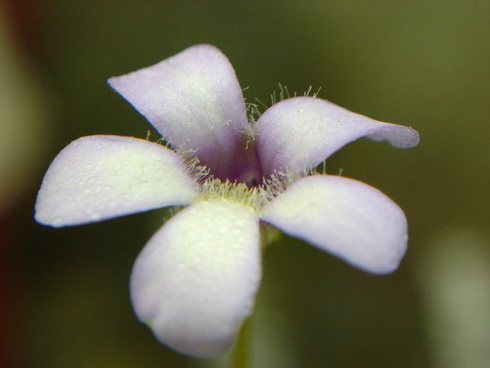|

Corolla is the collective term for all the petals of a single flower. This is usually the showy part of the flower. In fused corollas, any extension of the petal beyond its fused part is called the limb. The tubelike structure where the petals are united at the bottom of the fused corollas is called the tube. The opening at the top of the tube in fused corollas is called the throat. In the following different types of corolla shapes, numbers 1 to 6 are actinomorphic, while numbers 7 to 11 are zygomorphic.
1. Rotate: wheel-shaped with a short tube and large limb (example: bluets).
2. Campanulate: bell-shaped with an extended, flaring tube (example: bellflower).
3. Funnelform: funnel-shaped with a continuously expanding tube and little flaring (example: bindweeds).
4. Tubular: an elongated tube with minimal limb (example: trumpet vine).
5. Salverform: an elongated tube with a conspicuous limb, trumpet-shaped (examples: Russian olive, morning glory).
6. Urceolate: an inflated tube with a terminal constriction, urn-shaped (example: highbush blueberry).
7. Bilabiate: two-lipped, usually because of the presence of a landing platform formed by basal lobes (examples: snapdragon, salvia).
8. Ligulate: petals connate at the margins to form a strap-shaped corolla (example: asters).
9. Galeate: helmet-shaped (example: pedicularis).
10. Spurred: with an extension or spur that often produces nectaries (examples: impatiens, utricularia).
11. Papilionaceous: like a butterfly with a central standard petal and lateral wing petal (example: lupines).
See also: Flowers of Monocots and Dicots, Types of Inflorescence
|
